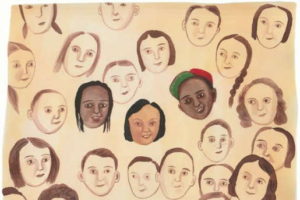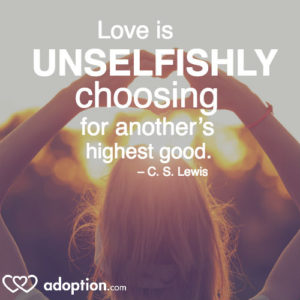June 23, 2020
What’s the Difference Between Race and Ethnicity?
Transracial adoption (transracial families of any kind, for that matter) are more common than ever. As races and ethnicities intertwine, those little boxes we’re asked to check—on forms, in society—feel more draconian by the day. Transracial families by adoption confront conversations about race, ethnicity every day. At the doctor’s office, in friend groups, at school, with family, online, everywhere.
One thing that’s not always discussed is the difference between race and ethnicity, and what we mean when identifying people by one or the other.
Race generally refers to the physical characteristics of an individual—their skin tone. It is much more limited than the concept of ethnicity, which refers to someone’s cultural aspects, like language, religion, culture. Your ethnicity can include your race, or it may not. Race is often projected through perception, which frequently comes in the form of stereotypes and racist behavior, whereby assumptions are made about someone’s cultural identity based on their skin tone.
For example, assuming that someone with black skin is from Africa, or an Asian individual is from an Asian country. Or, assuming they are an active participant of the cultures with which you have associated them. Endless lifestyle factors can influence your ethnicity, including where you grow up, who you married, where you move to as an adult, and your parents’ cultures and backgrounds.
This excellent example from PBS showcases just how easy it is to make assumptions about someone’s ethnicity based on their race. And how tricky it can be to navigate a child of one race being adopted by parents of another. “Furthermore, you have no control over your race; it’s how you’re perceived by others. For example, I have a friend who was born in Korea to Korean parents, but as an infant, she was adopted by an Italian family in Italy. Ethnically, she feels Italian: she eats Italian food, she speaks Italian, she knows Italian history and culture. She knows nothing about Korean history and culture. But when she comes to the United States, she’s treated racially as Asian.”
There is a reason that this is such a sensitive topic in the adoption world. In America, the majority of transracial adoptions are white parents adopting a child of another race. Through adoption, their ethnicity is deeply affected, and it can be difficult for adoptees to find themselves within the culture and ethnicity of their white parents.
It is immensely important for those pursuing transracial adoption to consider how they will protect, support, and nurture their child’s ethnicity. Karen Valsby, a mother whose two sons were adopted from Ethiopia, wrote about this subject for Time magazine, and the many awakenings she experienced as a parent of children of another culture and race. In the piece, she not only shares her own experience but interviews transracial adoptees about theirs. “‘Parents who believe they can raise their child color-blind are making a terrible mistake,’ says Korean adoptee Mark Hagland, a 54-year-old journalist and adoption literacy advocate. ‘And it’s shocking how many people I meet still think this way. If there’s a single thing I can share with white adoptive parents [it’s to] look at the adult adoptees who have committed suicide, or who have substance abuse problems. Love was not enough for them.'”
Race is real. The implications of one’s race, especially in America, are profound and often life-threatening. If you are thinking about adopting transracially, ensure you have a support team that includes individuals of your child’s race and ethnicity. Soak up as many resources as you can. To get you started, here are some we love, compiled by American Adoptions.
Image via: creatingafamily.org



